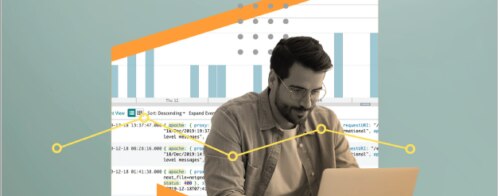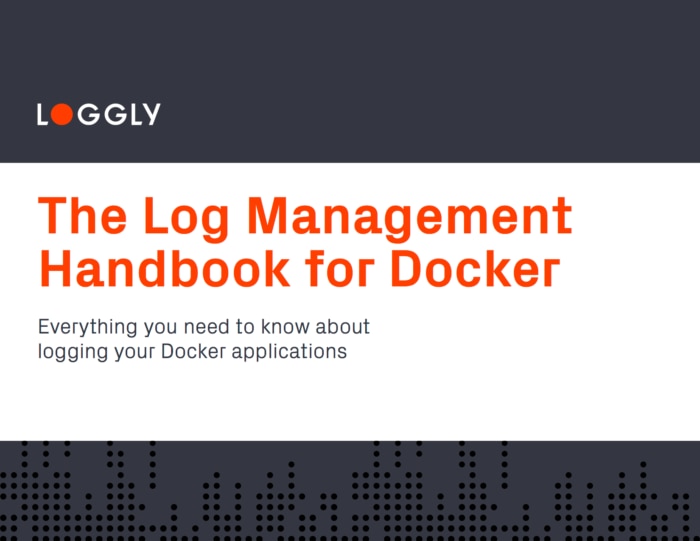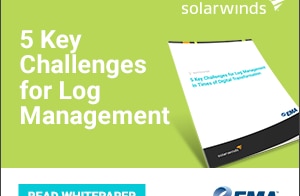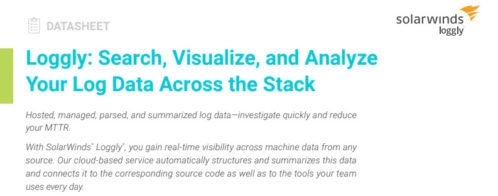
The Docker Log Management Handbook

For many organizations, Docker is their first introduction to the concept of containers and the microservice architecture. And while the technology is still fairly new, organizations around the world are adopting containers into their everyday workflows. According to a survey by O’Reilly in its The State of Containers and the Docker Ecosystem, 2015 report: 53% plan to use containers in a production environment within the next 6-12 months. This is up from the 40% of respondents who currently use containers in production.
Docker and container technology helped bring the idea of the microservices architecture to the public eye. A microservice architecture consists of multiple small, independent, intercommunicating components contributing to a common task or function. Each component (or microservice) is modular, reusable, fully self-contained, and communicates with other microservices using standard protocols.
Picture a typical e-commerce application. Over the course of a single transaction, the application needs to receive the user’s order, verify inventory, authorize payment, and coordinate delivery. With microservices, each of these tasks becomes a small, self-contained unit that communicates with other units through simple APIs.
In this handbook, we’ll explore best practices and strategy for logging Docker containers and explain how you can adapt them to your own infrastructure. Download the Docker Log Management Handbook by using the form on the right.
Learn even more: 5 Docker logging methods

